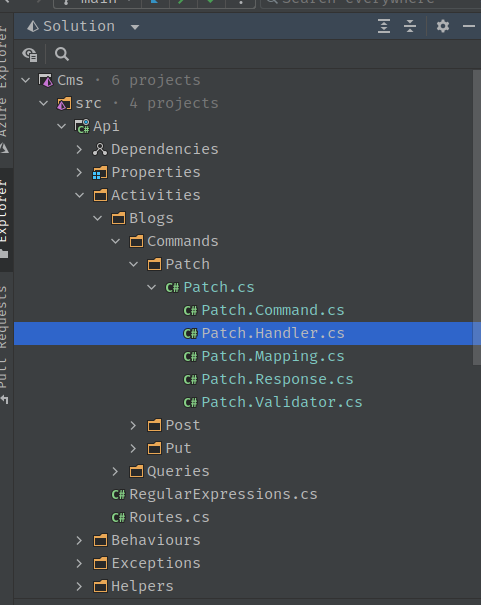Basic Crud Endpoints template
A common requirement can occur when developing API’s maybe to develop a set of Seeding or common data administration end points to populate core resources within the API for with standing data or provide a set of end points to an administration application to manage the data. These can be tedious and boring to develop because they are mostly CRUD based endpoints.
The API Template Pack provides a simple command to generate a set of basic CRUD endpoints for a given resource. We have discussed in What is a REST API that REST API’s are all about resources and are not really to focused on CRUD operations, we understand that this is sometimes a requirement and therefore we have provided a simple command to generate these endpoints.
The basic crud endpoints will generate a set of CRUD (Create, Read, Update and Delete) endpoints, based on providing a set of criteria provided via the switch arguments.
The endpoints will not be a comprehensive list, but rather the common simple starting points to enable the quick development of really simple basic crud endpoints to enable developers to focus on the more complicated functionality.
Switches
- namespace - The root namespace typically your project of company name
- resource - The name of the Resource we are creating.
- model The model we are targeting
- domain - The name of we’re targeting
Use the --output switch to define the output location for the files to be generate
The --name switch to define the root folder name for the output
To generate new CRUD endpoints, assuming you have created your Model and DTO classes. You change into the Activities folder of your API in your terminal window. i.e. cd src/Api/Activities
dotnet new crud --name Blogs --resource Blogs --namespace Threenine --model Content --domain Article -o /src/Api/Activities
Everything in the API Template Pack relies heavily on namespaces for Cohesion.
This command will generate a number Files and Folders which will contain some the standard CRUD functionality for typical endpoints separated into the Commands and Queries CQRS Structure
